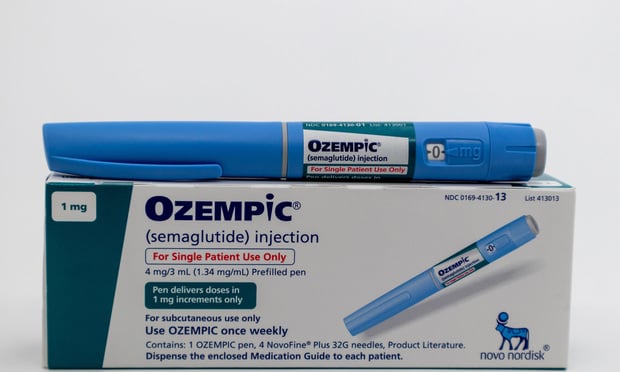 The impact of auto-portability was particularly impressive among the lowest income quartile. (Photo: Shutterstock)
The impact of auto-portability was particularly impressive among the lowest income quartile. (Photo: Shutterstock)
The Employee Benefits Research Institute (EBRI) has added yet another study to a growing body of research supporting the substantial retirement savings public policy benefits of auto-portability.
EBRI Issue Brief no. 473, by research director Jack VanDerhei, Ph.D., compared the outcomes of participants in 401(k) defined contribution plans with auto-enrollment against defined benefit (DB) plans.
While the primary objective of EBRI's research was to address a growing public policy concern over the relative decline of DB plans, this study also evaluated the significant, positive impact that auto-portability could have upon the retirement security of Americans who participate in 401(k) plans.
Comparing DB vs. DC plans with auto-enrollment
In the latest analysis, EBRI specifically examined the amount of retirement income that could be produced by auto-enrollment 401(k) plans and then determined the final-average DB accrual rate required to generate an equivalent retirement income.
Under a baseline set of assumptions, which included historical rates of return and annuity purchase prices reflecting average 1986-2013 bond rates, auto-enrollment 401(k) plans fared quite well against their DB counterparts.
In the baseline, EBRI found that few scenarios yielded results where the equivalent DB accrual rate was under 1.5%. In other words, DB plans would typically have to accrue at more-generous rates to “break-even” with auto-enrollment 401(k) plans.
However, when EBRI applied various “stress tests” by reducing rates of return, or by utilizing current annuity prices, auto-enrollment 401(k) plans lost their comparative advantage to DB plans.
Auto-portability: The Great Equalizer
When EBRI's equivalence comparisons incorporated auto-portability, which reduces plan leakage from cashouts, auto-enrollment 401(k) plans delivered substantially better results.
Pairing auto-enrollment 401(k) plans with auto-portability resulted in DB plans having to provide far more generous accrual rates to achieve equivalence vs. baseline.
The impact of auto-portability was particularly impressive among the lowest income quartile, “given their lower account balances and the negative correlation between account balances and cashout activity.”
Additionally, EBRI found auto-portability's results to be “dramatic for males in the lowest income quartile with only 11-20 years of plan eligibility” requiring a 3.1% DB accrual rate to reach equivalency, an increase of 82% over the baseline accrual rate of 1.7%.
Extending the DB vs. DC plan comparisons to millennials
On 2/14/19, as a follow-on to its initial analysis, EBRI released an infographic – How Will Young Millennials Fare With Defined Contribution vs. Defined Benefit Plans? – revealing the beneficial effect of auto-portability on millennials.
When auto-portability was added to 401(k) plans, millennials — both male and female, for all years of eligibility, and for all income quartiles — experienced dramatic improvements in 401(k) plan performance vs. baseline, as measured by break-even DB plan accrual rates.
The growing body of research supporting auto-portability
This analysis adds to a growing body of research from EBRI demonstrating that auto-portability, by reducing cashout leakage, broadly increases retirement security and delivers significant benefits for America's defined contribution system.
Previous EBRI analysis addressing the public policy benefits of auto-portability includes the following:
- Standalone benefits of auto-portability (EBRI Issue Brief, no. 451- May 2018), estimated to be between $1.5 and $2.0 trillion.
- Benefits of auto-portability, when combined with other retirement savings public policy initiatives, such as the Automatic Retirement Plan Act of 2017, or ARPA (EBRI Fast Facts – September 2018), where auto-portability's impact reduced the $4.13 trillion retirement savings shortfall by $645 billion, or 15.6%.
- Significant reductions in the retirement savings shortfall (RSS) for Generation X retirement savings shortfalls, by gender (EBRI Issue Brief, no. 471 – January 2019).
Tom Hawkins is Senior Vice President, Marketing & Research at Retirement Clearinghouse.
© 2025 ALM Global, LLC, All Rights Reserved. Request academic re-use from www.copyright.com. All other uses, submit a request to [email protected]. For more information visit Asset & Logo Licensing.







